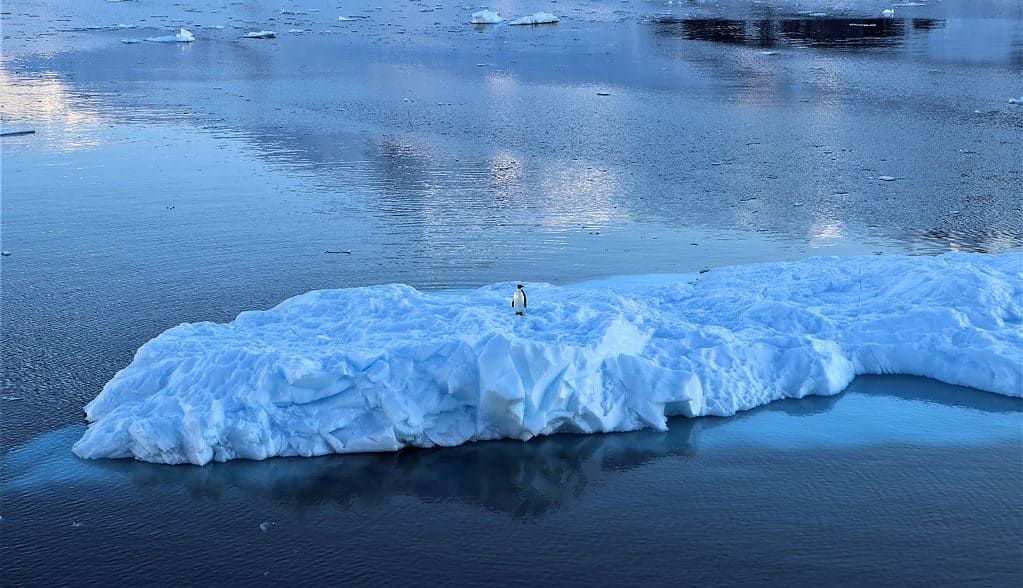While relatively free from many of the environmental problems that affect the world, such as deforestation, threats to Antarctic biodiversity are growing at a record rate. The Antarctic Peninsula is one of the most rapidly warming regions in the world, where scientific activities and its infrastructure as well as tourist numbers are growing fast.

Now, a group of researchers has estimated that the existing conservation efforts are insufficient to protect Antarctic ecosystems from their growing threats. Population declines are likely to affect 65% of the continent’s plants and wildlife by the year 2100, they said, unless better management strategies, at a cost of $23 million, are set up.
“There is lots of conservation work around the world that looks at prioritizing conservation actions and how much they would cost. No one has done anything like that for Antarctica before and it seemed like something that could be really useful,” Jasmine Lee, the study lead author and a conservation biologist, told ZME Science.
Biodiversity in Antarctica
Designated as a natural reserve, devoted to peace and science, Antarctica is home to numerous endemic species such as the emperor and Adelie penguins and the nematode Scottnema lindsayae. They have adaptations that allow them to survive in extreme conditions and could be key for developing new technologies or medicines.
Lee and her colleagues combined expert assessments with scientific data to evaluate the threats and conservation strategies for Antarctica. They asked a group of 29 global experts to establish possible management strategies, estimate their cost and feasibility and then assess the potential benefit to different species between now and 2100.
Some species are predicted to decline under future conditions, while others are expected to benefit, with climate change likely to be the primary factor driving these responses, the researchers found. Emperor penguins were identified as the most vulnerable and the only one at risk of possible extinction, followed by nematodes.
However, this doesn’t have to be the case. The researchers identified a set of regional management strategies that could benefit up to 74% of the plants and animals. The ones to offer the greatest return on investment were improving transport management, minimizing the impacts of human activities and improving the planning of new infrastructure projects.
“We think of Antarctica as an untouched wilderness that is safe from human impacts, but it’s not. We need global action to mitigate climate change, alongside local conservation initiatives, to help conserve Antarctic species into the future,” Lee told ZME Science. “There is lots of conservation work that can still be done in Antarctica.”
Looking ahead, the researchers are now working to identify where protected areas in Antarctica should be located and how threats change across the landscape. Some of the authors of the paper are also part of a research project in Australia called Securing Antarctica’s Environmental Future (SAEF), which seeks to produce science to help support decision-making.
The study was published in the journal Plos Biology.


